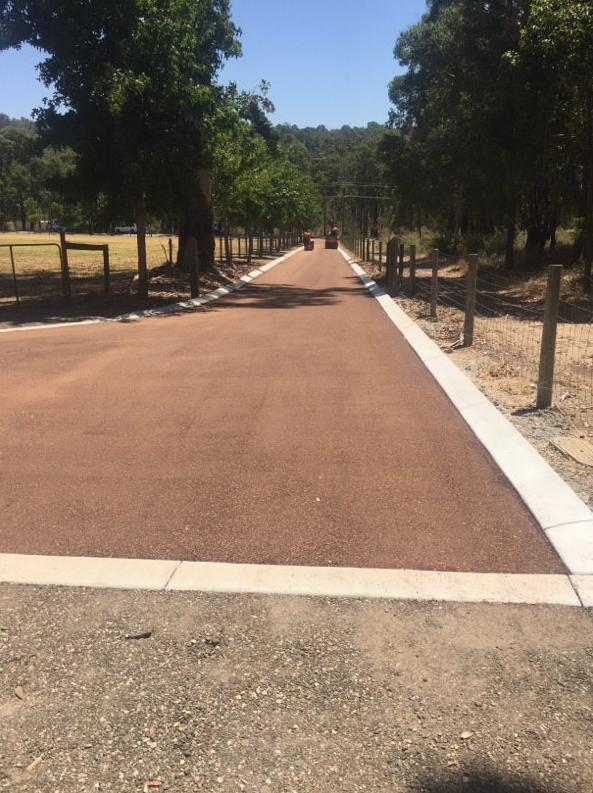In any asphalt or bitumen surfacing project, the foundation is just as critical as the surface itself. At Langwarrin Road Tech in Langwarrin, VIC, we understand that effective grading is not a step to rush or skip. Whether you’re preparing for a new driveway, roadway, or industrial hardstand, proper grading is what makes a strong surface last.
Grading shapes the base, establishes drainage patterns, and ensures surface longevity. Without it, no amount of high-quality asphalt can prevent failures like cracking, pooling, or potholes.
What Is Grading?
Grading is the process of sculpting and levelling the underlying base material before surfacing begins. This might involve cutting into high spots, filling low areas, and compacting materials to achieve the correct slope and profile.
In Langwarrin, where soil conditions and weather can vary across seasons, grading is essential to adapt the surface for long-term performance.
How Grading Improves Surfacing Strength
Provides a Solid Foundation
Every surface requires a stable, compacted base to support vehicle loads and resist shifting. Grading helps distribute weight evenly, reducing the risk of soft spots, subsidence, and surface deformation.
Improves Water Drainage
Standing water is one of the leading causes of surface breakdown. Grading ensures water runs off efficiently, preventing ponding, softening of the base layer, and premature asphalt damage.
Prevents Cracking and Movement
Surfaces that lack proper grading often move or settle unevenly. This causes cracks, edge failures, and potholes. A well-graded sub-base reduces stress on the surface layer, increasing resistance to weather and traffic wear.
Enhances Load-Bearing Capacity
Grading includes compacting the base, which significantly increases its load-bearing strength. This is especially important for driveways and roads that handle frequent or heavy vehicle traffic.
Grading Considerations for Asphalt and Bitumen Projects
Each site has different requirements, and proper grading involves assessing:
- Soil composition – Clay-heavy soils may require stabilisation
- Slope requirements – For effective drainage and runoff direction
- Depth of base material – Depends on expected traffic and surface type
- Compaction technique – Ensures base density meets specifications
Without these factors addressed, the surface may look fine initially but degrade quickly under normal use.
Typical Signs of Poor Grading
If an existing surface wasn’t graded properly, you might notice:
- Water pooling in dips or corners
- Early signs of cracking or sinking
- Uneven wear patterns across the surface
- Edge crumbling or rutting under tyres
These issues are preventable when grading is done right from the start.
The Link Between Grading and Cost-Efficiency
Investing time in grading at the beginning helps reduce:
- The need for early surface repairs
- Costly drainage corrections
- Risk of premature resurfacing
- Business or property disruptions down the track
In the long run, grading increases the return on your surfacing investment.
Conclusion
Grading is the backbone of any durable asphalt or bitumen surface. At Langwarrin Road Tech in Langwarrin, VIC, we prioritise precision groundwork to deliver results that last. By getting the levels, compaction, and drainage right before surfacing, we ensure stronger, smoother outcomes that perform in all conditions. If you’re planning a new surfacing project, make grading your starting point—and let Langwarrin Road Tech handle the process professionally from the ground up.
Call us on: 03 9068 7895
Click here to find out more about Langwarrin Road Tech
Click here to complete our contact form and see how we can help with your road needs.

